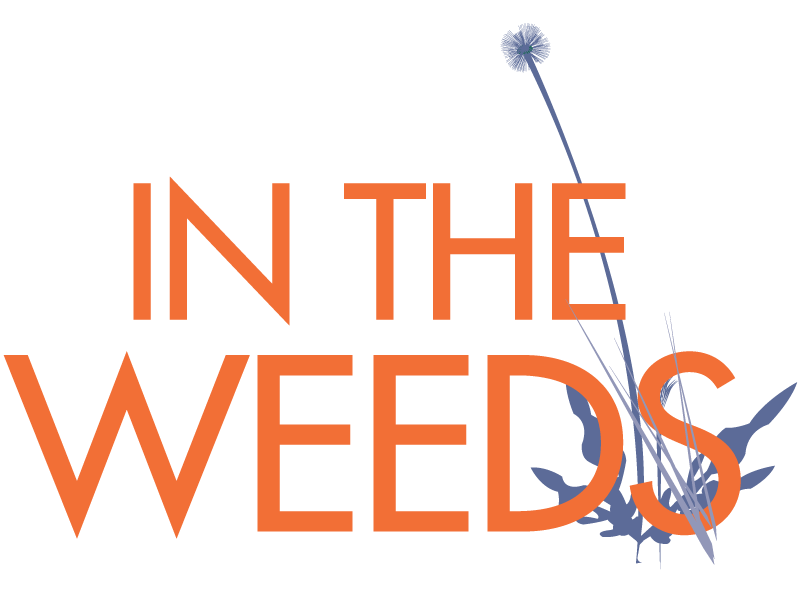William Bryant Logan’s book Sproutlands: Tending the Endless Gift of Trees opens the door to a little known history, in which people all over the world, from Norway to Japan to pre-Colonial California, managed trees in a way that was beneficial to trees and humans alike. Logan stumbled upon this history after taking on a job for the Metropolitan Museum of Art in New York for which he was given the task of pollarding trees. Pollarding is an ancient technique for pruning trees that, along with coppicing, was used for millennia to cull woodlands without having to destroy the forest. These techniques were an integral part of managed woodlands, in which people kept livestock, harvested different kind of food and cut wood that was used for everything from energy to building ships and houses to creating floating walkways. This managed cultivation was not only productive for humans; it also allowed trees to live longer and created more biodiversity than existed in unmanaged woods. All of this, as Logan explains to us, was possible because of the remarkable regenerative property of trees, which allows many species of trees to resprout in the most unlikely situations and in the most unlikely ways. In theory, at least, Logan tell us, trees can live indefinitely and, in some unusual cases, they seem to do just that.
William Bryant Logan is the author of Sproutlands, Oak, Air and Dirt, the last of which was made into an award-winning documentary. He is a long-time faculty member of the New York Botanical Garden where he teaches pruning. He is a certified arborist and the founder and president of Urban Arborists, Inc., a Brooklyn-based tree company. He has also been a regular garden writer for the New York Times and was a contributing editor to House Beautiful, House and Garden and Garden Design magazines.
